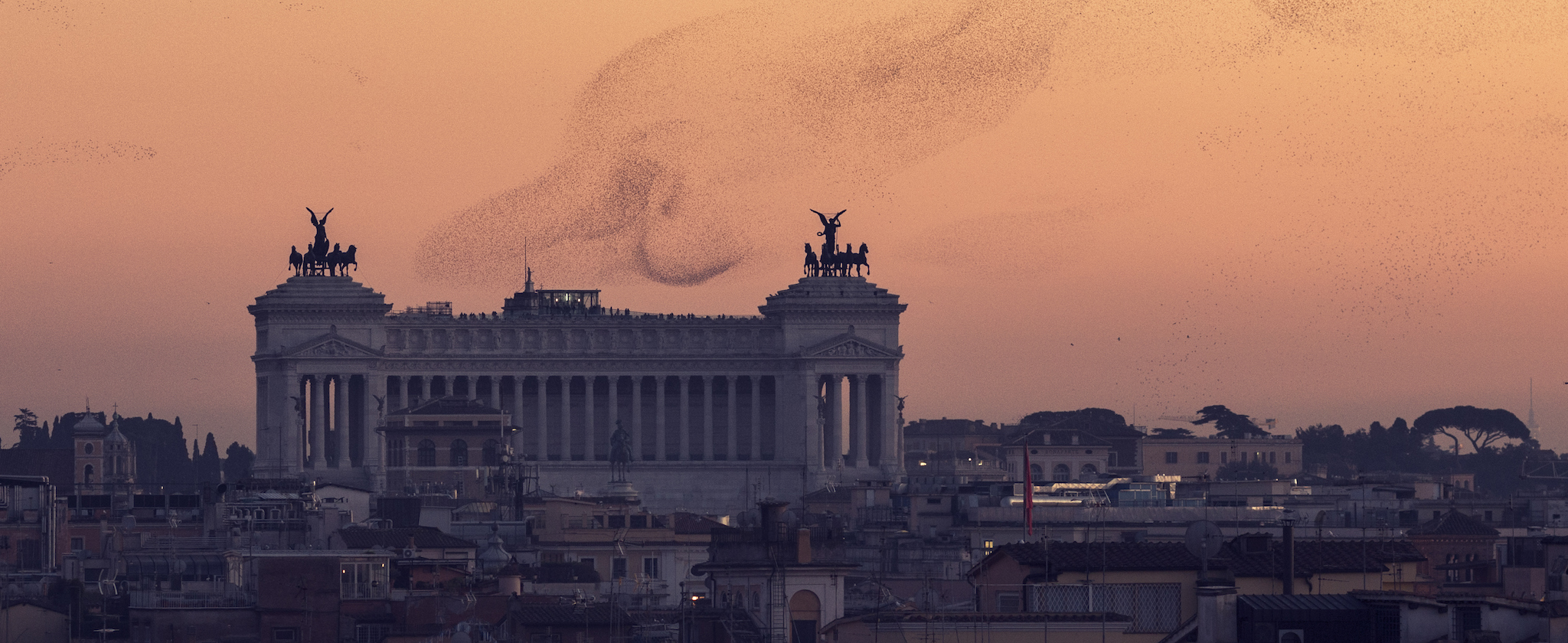
ANTS 2018
Eleventh International Conference on Swarm Intelligence
October 29-31, 2018. Rome, Italy

October 29-31, 2018. Rome, Italy
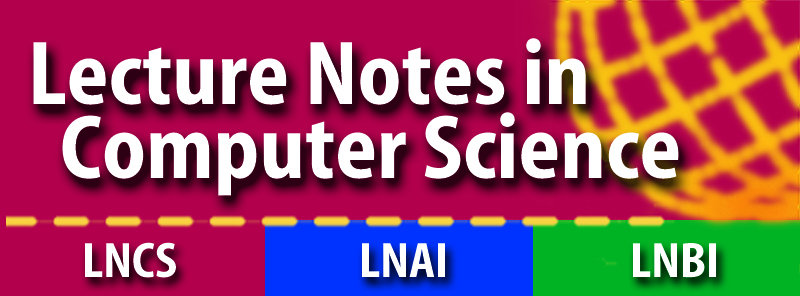 Proceedings published in the Springer LNCS Series, Volume 11172
Proceedings published in the Springer LNCS Series, Volume 11172
 Call for papers in PDF format
Call for papers in PDF format
|
Aula Marconi Consiglio Nazionale delle Ricerche Piazzale Aldo Moro 7 00185, Rome, Italy. |
|
ANTS 2018 ISTC-CNR Via San Martino della Battaglia 44 00185, Rome, Italy. |
Tel +39-06-44595277 Fax +39-06-44595243 email: ants.conf@gmail.com |
For accommodation we suggest to book directly at a hotel of your choice. There are many hotels in the area of the conference, which can satisfy any price requirements. There are also several listings on airbnb.com.
The conference is located close to the San Lorenzo neighbourhood, which offers a very large selection of restaurants, pizzerias (eat in and take away) and local street food. You will for sure find something to satisfy your appetite! Look at the map and choose your favourite place. Beware that not all restaurants are open for lunch, but the offer is still very large.
| 8:30-16:00 | REGISTRATION | ||||||||||
| 8:30-9:00 | Welcome | ||||||||||
| 9:00-10:00 | Invited plenary talk From Slime Moulds to Soccermatics: how flow and feedback create dynamic problem solving David J. T. Sumpter, Uppsala University, Sweden |
||||||||||
| 10:00-10:30 | Coffee break | ||||||||||
| 10:30-12:10 | Session 1: Oral presentations
|
||||||||||
| 12:10-14:00 | Free time for lunch | ||||||||||
| 14:00-15:40 | Session 2: Oral presentations
|
||||||||||
| 15:40-16:00 | Session 3: Preview highlights
|
||||||||||
| 16:00-18:30 | Poster session 1 + drinks and appetisers: Papers and previews presented in Sessions 1, 2, and 3 |
| 9:00-10:00 | Invited plenary talk The Power of Meta Holger Hoos, Universiteit Leiden, The Netherlands |
||||||||||
| 10:00-10:30 | Coffee break | ||||||||||
| 10:30-12:10 | Session 4: Oral presentations
|
||||||||||
| 12:10-14:00 | Free time for lunch | ||||||||||
| 14:00-15:40 | Session 5: Special Keynote Session The Physics of Collectives: The Rome School
|
||||||||||
| 15:40-16:00 | Session 6: Preview highlights
|
||||||||||
| 16:00-18:30 | Poster session 2 + drinks and appetisers: Papers and previews presented in Sessions 4 and 6 | ||||||||||
| 20:00 | Conference dinner |
| 9:00-10:00 | Invited plenary talk Multi-level Modeling for Swarm Robotics: Case Studies, Lessons, and Challenges Alcherio Martinoli, EPFL, Switzerland |
||||||||||
| 10:00-10:30 | Coffee break | ||||||||||
| 10:30-12:10 | Session 7: Oral presentations
|
||||||||||
| 12:10-14:00 | Free time for lunch | ||||||||||
| 14:00-15:20 | Session 8: Oral presentations
|
||||||||||
| 15:20-15:40 | Session 9: Preview highlights
|
||||||||||
| 15:40-18:00 | Poster session 3 + drinks and appetisers: Papers and previews presented in Sessions 7, 8 and 9 | ||||||||||
| 18:00-18:30 | Award Ceremony and conclusion |
The ANTS2018 registration fee is 450 EUR.
The conference fee includes:
Coffee breaks and a conference dinner will be offered by the organizing committee.
To secure your participation to the conference, download and fill the registration form and follow the instructions therein.
From Slime
Moulds to Soccermatics: how flow and feedback create
dynamic problem solving
Abstract: I will start the talk by
discussing a model of current-reinforced random
walks. This is a central tool in understanding network
formation and problem solving by slime moulds and
ants. My main innovation will be to stress the
importance of reinforcing based on current, rather than
on density, as is done in many ACO approaches. We show
how this solves linear programming problems in an
entirely decentralised way. I finish with a more
light-hearted discussion about how my work on collective
animal behaviour inspired the study of football from a
mathematical perspective.
Bio:
David Sumpter has worked on collective behaviour of
everything from slime moulds, through ants and honey
bees, fish and birds, as well as humans. His work
combines mathematical modelling of these ‘swarms’ with
experimental work on the detailed interactions of
individuals. He has written over 100 articles in leading
journals and wrote the book 'Collective Animal
Behaviour' summarising the field.
His most recent
book 'Soccermatics' takes a new look at the world's most
popular game, showing how mathematics works inside the
game. The book is in seven languages, including Italian!
David speaks regularly at book and science festivals,
has given Google and TEDx talks, and his work often
appears in the media, including BBC, NPR, and ABC. He
has written for the Economist, FourFourTwo magazine,
Science Daily, Scientific American, the Guardian, The
Daily Telegraph and many other news media. David has
published around 100 articles in leading scientific
journals, including Science, Proceedings of the National
Academy of Sciences, and the Royal Society journals. He
has co-authored work with scientists from every
continent of the world, apart from Antarctica. You can
follow him on Twitter @Soccermatics.
David lives in
Sweden with his wife and two children. He is professor
of Applied Mathematics in Uppsala. In his spare time, he
trains the his son's football team Upsala IF 2005.
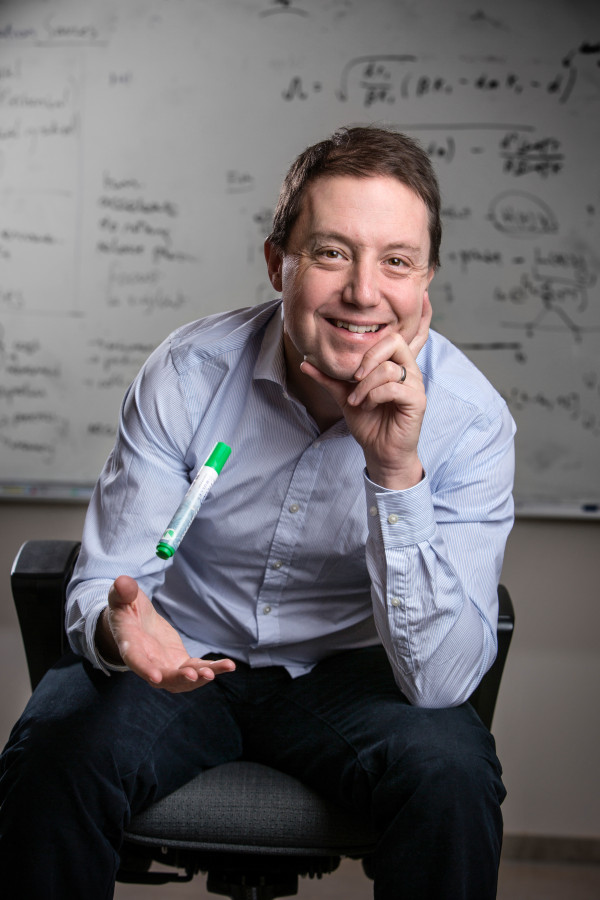
Multi-level Modeling for Swarm
Robotics: Case Studies, Lessons, and
Challenges
Abstract:
Technological advances in communication, embedded
computing, energy storage, sensors and actuators
enable an increasingly higher number of potential
applications for swarm robotics systems. Such systems
and their related methods become competitive when the
individual robotic nodes are severely constrained in
their resources by cost, volume, or mass
considerations imposed by the targeted
application. Such constraints typically result in an
increased stochasticity of the node behavior that has
to be captured with appropriate methods in order to
obtain a more predictable and controllable behavior at
the collective system level. In this seminar, I will
focus on one particular recipe that allowed us to
achieve such result in specific scenarios and under
given assumptions: multi-level modeling. I will
describe our multi-level modeling framework and
support the discussion by leveraging multiple case
studies, starting from seminal ones in collision
avoidance and collaborative manipulation and ending
with recent ones in self-assembly. Despite the
experimental scenarios related to these case studies
are characterized by different environmental templates
and capabilities of the individual robotic nodes in
terms of computation, mobility, sensing, and
actuation, I will show that the main multi-level
modeling principles remain the same and enable further
insights in the behavioral analysis and synthesis of
the swarm robotic systems. Finally, I will conclude my
seminar with some of the lessons we learned over more
than twenty years of research in this area and
extrapolate some hints for future research directions
to overcome limitations of the current multi-level
modeling methods.
Bio: Alcherio Martinoli has a M.Sc. in Electrical Engineering from the Swiss Federal Institute of Technology in Zurich (ETHZ), and a Ph.D. in Computer Science from the Swiss Federal Institute of Technology in Lausanne (EPFL). He is currently an Associate Professor at EPFL, leading the Distributed Intelligent Systems and Algorithms Laboratory and serving as director of the Doctoral Program in Robotics, Control, and Intelligent Systems. Before joining EPFL he carried out research activities at the Institute of Biomedical Engineering of the ETHZ, at the Institute of Industrial Automation of the Spanish Research Council in Madrid, Spain, and at the California Institute of Technology, Pasadena, U.S.A. His research interests focus on methods to design, control, model, and optimize distributed cyber-physical systems, including multi-robot systems, sensor and actuator networks, and intelligent vehicles. Among other contributions, Alcherio Martinoli has been a pioneer in swarm intelligence by proposing innovative model-based and data-driven methods (e.g., multi-level modeling, noise-resistant distributed PSO) for swarm robotic systems.
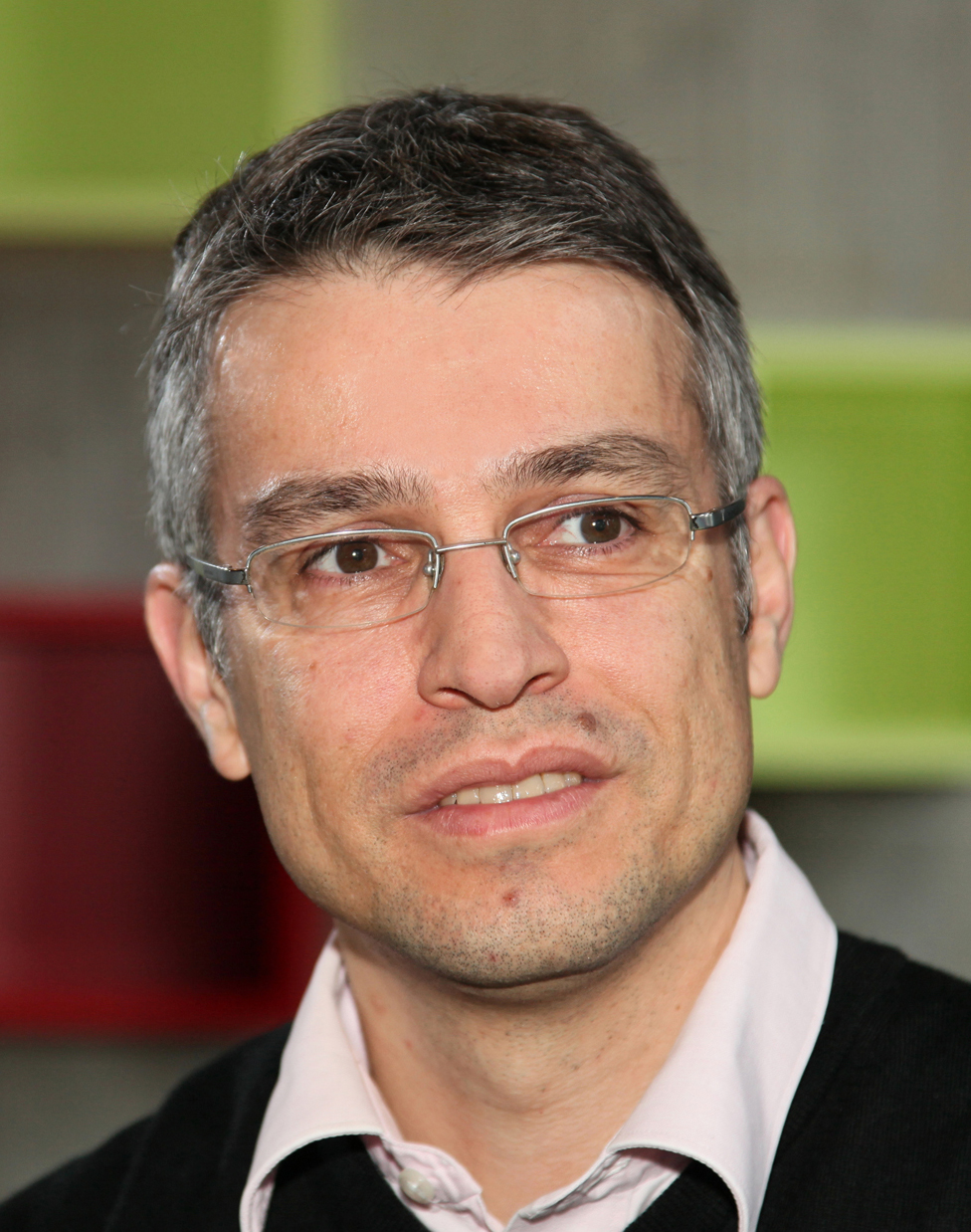
The Power of Meta
Abstract:Algorithms increasingly
control our world and shape the way we interact with
it. Up to now, most of these algorithms have been
designed and implemented manually, but this is rapidly
changing, as machine learning techniques are gaining
traction. In this talk, I will argue that the
transformational impact of that change lies in the
move from algorithms to meta-algorithms: algorithms
that operate upon algorithms. I will give examples
illustrating the rise and success of meta-algorithmic
techniques, and discuss the consequences of fully
embracing their benefits. Then, I will turn to an
intriguing question: What happens if we move up one
further level of "meta", to algorithms that operate on
meta-algorithms? To answer this question, I will trace
several lines of work exploring this idea, including
recent work in automated machine learning (AutoML),
and sketch where it can lead us.
Bio: Holger H. Hoos is Professor
of Machine Learning at Universiteit Leiden (the
Netherlands) and Professor of Computer Science at the
University of British Columbia (Canada), where he also
holds an appointment as Faculty Associate at the Peter
Wall Institute for Advanced Studies. He is a Fellow of
the Association for the Advancement of Artificial
Intelligence (AAAI) and past president of the Canadian
Association for Artificial Intelligence / Association
pour l'intelligence artificielle au Canada (CAIAC).
Holger's research interests span artificial
intelligence, empirical algorithmics, bioinformatics
and computer music. He is known for his work on
machine learning and optimisation methods for the
automated design of high-performance algorithms and
for his work on stochastic local search. Based on a
broad view of machine learning, he has developed - and
vigorously pursues - the paradigm of programming by
optimisation (PbO); he is also one of the originators
of the concept of automated machine learning
(AutoML). Holger has a penchant for work at the
boundaries between computing science and other
disciplines, and much of his work is inspired by
real-world applications.
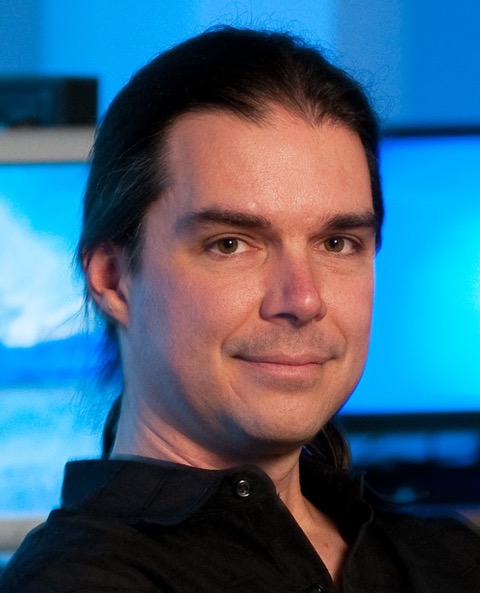
Exploring the adjacent possible:
play, anticipation, surprise
Abstract: Novelties occur frequently
in our individual daily lives. We meet new people, learn
and use new words, listen to new songs, watch a new
movie, adopt a new technology. Such new experiences
sometimes happen by chance. Often they are triggered by
earlier new experiences, thus providing an effective
correlation between their appearances. Historically the
notion of the new has always offered challenges to
humankind. What is new often defies the natural tendency
of humans to predict and control future events. Still,
most of the decisions we take are based on our
expectations about the future. From this perspective a
deep understanding of the underlying mechanisms through
which novelties emerge and humans anticipate their
occurrence is key to progress in all sectors of human
activities. The problem of anticipation, i.e., how to
cope with the unexpected, is one of the open problems
for Artificial Intelligent machines too. The common
intuition that one new thing often leads to another is
captured, mathematically, by the notion of "adjacent
possible", i.e., the set of all those things (ideas,
linguistic structures, concepts, molecules, genomes,
technological artefacts, etc.) that are one step away
from what actually exists, and hence can arise from
incremental modifications and recombination of existing
material. In this talk I'll present a mathematical
framework, describing the expansion of the adjacent
possible, whose predictions are borne out in several
data sets drawn from social and technological
systems. Finally I'll discuss how games could represent
a extraordinary framework to experimentally investigate
basic mechanisms at play whenever we learn, create and
innovate. A better understanding of the space of
possibilities and how we explore is key to deploy human
imagination, face the societal challenges of our era and
conceive a better future. What is the structure of the
space of possibilities? How do humans explore it? How do
machines explore it? These are some of the questions
I'll try to address. And those questions are relevant in
many areas, for instance, how do we take decisions, how
do we anticipate the impact of specific choices, how do
we learn and create, how do we conceive new
(sustainable) solutions.
Bio: Full Professor of Physics of Complex Systems at Sapienza University of Rome and Faculty of the Complexity Science Hub in Vienna. He is presently Director of the SONY Computer Science Lab in Paris where he heads the team on "Innovation, Creativity and Artificial Intelligence". His scientific activity is focused on the statistical physics of complex systems and its interdisciplinary applications. He coordinated several projects at the EU level and he recently coordinated the KREYON project (www.kreyon.net) devoted to unfolding the dynamics of innovation and creativity. Vittorio has published over 180 papers in internationally refereed journals and conference proceedings and chaired several workshops and conferences.
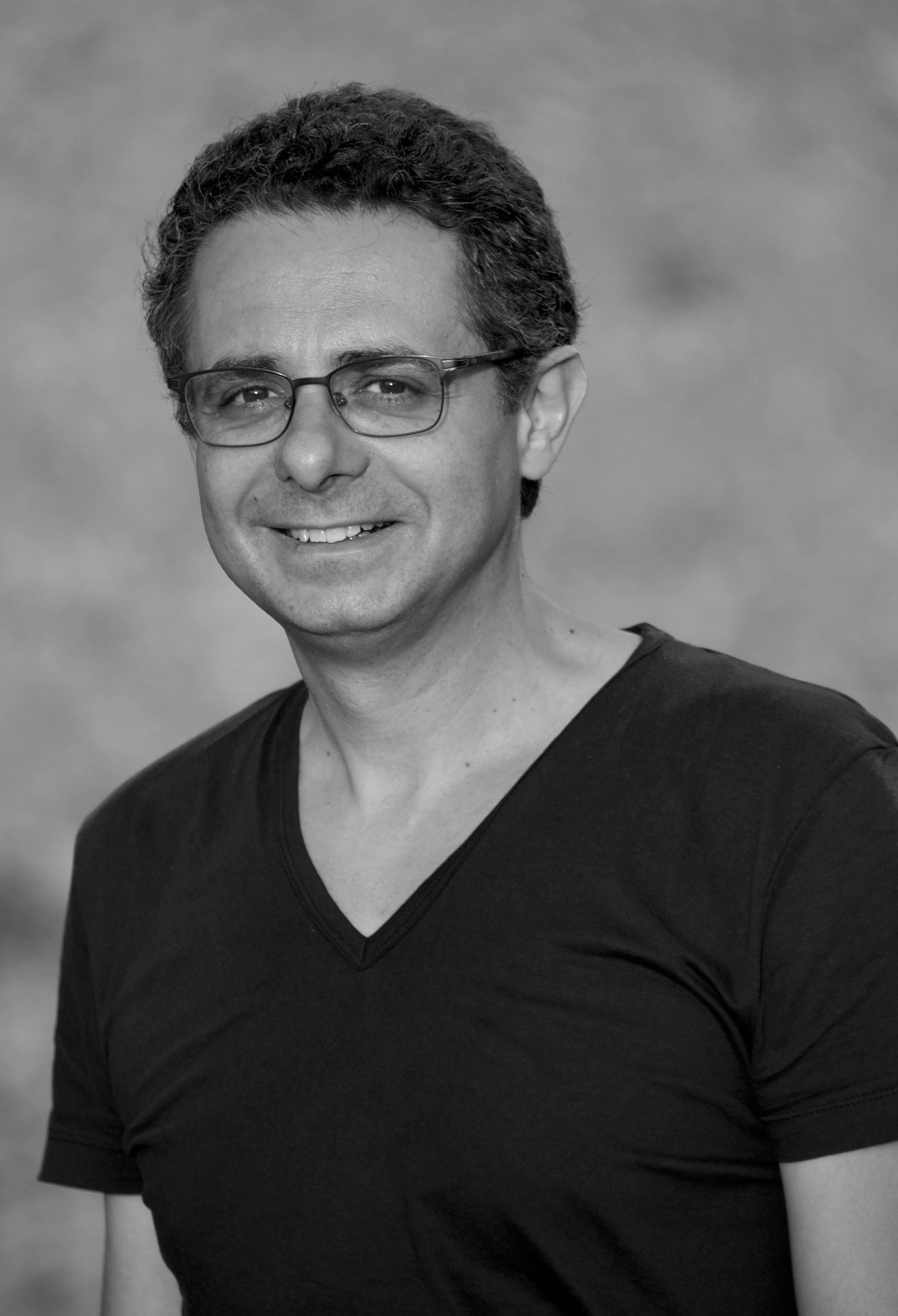
Collective behavior in animal groups: a
physics-based perspective
Abstract: Many animal aggregations
display collective patterns on the large scale,
ultimately due to the interactions between the
individuals in the group. Recent findings on flocks of
birds and swarms of insects show that these groups
exhibit strong mutual correlations and quick
mechanisms of information propagation, signatures of
the efficient collective response to external
perturbations. Besides, they obey static and dynamic
scaling laws suggesting that we can use a statistical
physics approach to describe the large scale, and
define novel `classes' of behavior. We will review our
current understanding of collective animal behavior
and discuss how a physics based perspective, from
experiments to modelling, can help to define a unified
description for these systems.
Bio: Andrea Cavagna received his
PhD in theoretical physics and statistical field
theory at Sapienza University in 1998, working on
spin-glasses under the supervision of Giorgio
Parisi. After spending four years as a postdoc in the
UK (Oxford and Manchester), he moved back to Rome,
where he joined the Institute for Complex Systems of
the National Research Council. After studying for
about a decade the statistical mechanics of disordered
systems, his research interests shifted in the last
ten years to problems in physical biology. Together with
Irene Giardina, he leads a lab for the study of Collective
Behaviour in Biological Systems (COBBS), whose aim is
to obtain 3D experimental data in the field and to
develop new theory directly from the data. The COBBS
lab has been the first to combine the production of
large-scale data (groups of up to 3000 individuals)
with a theoretical approach inspired by statistical
physics and field theory. The principal systems of
interest of COBBS have been bird flocks and insect
swarms, although new projects on the collective
properties of stem cells colonies and on the swarming
dynamics of malaria mosquitoes are being initiated. He
is the author of more than 70 articles, which received
about 6000 citations.
Irene Giardina received a Ph.D. degree in theoretical
physics from the University of Rome La Sapienza in
1998. From 1999 to 2001 she worked as post-doctoral
fellow at the University of Oxford and at the
Laboratoire de Physique Theorique, CEA Saclay, where
she studied a variety of problems in disordered and
complex systems. In 2001 she was appointed research
scientist at the Institute for Complex Systems, of the
National Research Council in Rome. Together with
Andrea Cavagna, she set up a new lab dedicated to
apply methods from statistical physics to study
collective behavior in animal groups and biological
systems. From 2013 she is Associate Professor at the
Department of Physics, Sapienza University of Rome.
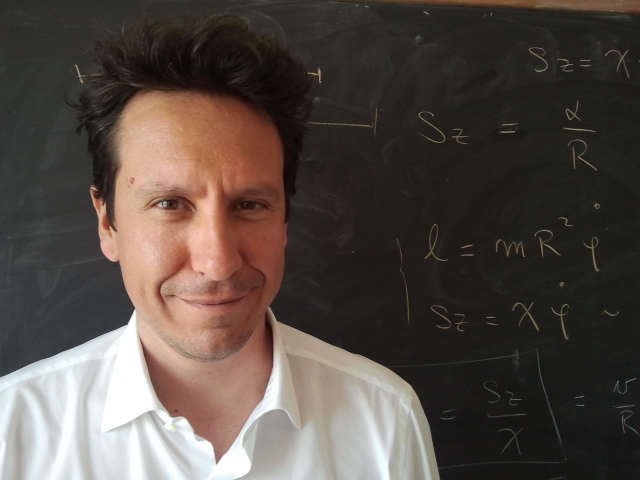
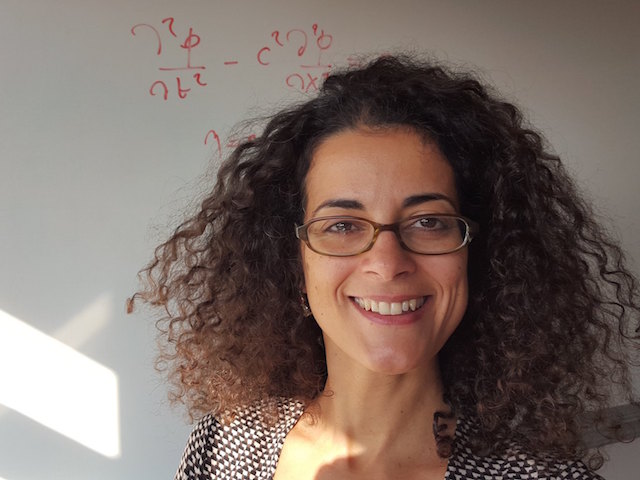
Light driven bacteria: a million
microswimmers with remote control
Abstract: Proteorhodopsin is a
light driven proton pump which uses photon energy to
pump protons out of the inner membrane of
bacteria. The resulting electrochemical gradient can
drive the rotation of the flagellar motor so that, in
a way, proteorhodopsin puts a "solar panel" on every
cell, allowing to remotely control swimming speeds
with light. These light powered bacteria can be
employed as controllable biological propellers inside
bio-hybrid micromachines. The synthetic components are
3D printed microstructures having a rotating unit that
can capture individual cells into an array of
microchambers designed so that each cell contributes
maximally to the applied torque. Using a spatial light
modulator, we can address individual motors with
tuneable light intensities, control their individual
speeds and also synchronize a set of micromotors to
rotate in unison. When freely swimming in a dense
suspension, these photokinetic bacteria provide a
light controllable active fluid, whose density can be
accurately shaped in space and time through structured
light patterns. We show that a homogeneous sea of
these swimming bacteria can be made to morph quickly
between complex shapes and, when employing a feedback
control strategy, can be used to display accurate and
detailed reproductions of grayscale density images.
Bio: Roberto Di Leonardo is
Professor of Experimental Condensed Matter Physics at
the Physics Department of Sapienza University in
Rome. He is interested in the origin, the consequences
and the applications of motion at the micron scale,
from Brownian motion to cell motility. To study that,
his lab builds digital microscopes that integrate
optical and computer hardware and where light can be
used for imaging, manipulation and fabrication of
microsystems in 3D.
Di Leonardo received a PhD in Physics from the University of L’Aquila
working on supercooled liquids and glass
transition. He then moved to Rome to join the Center
for Soft Matter Research of the National Institute for
the Physics of Matter. In 2005 he moved to the
University of Glasgow where he became interested in
the use of light as a tool for manipulating matter on
a micrometric scale. Beginning in 2009, he undertook
the study of flagellar propulsion, focusing in
particular on the possibility of exploiting
self-propelling bacteria as a source of work in
miniaturized devices. He is the author of more than 90
research papers on topics ranging from experimental
optics to theoretical statistical mechanics. He is
Fellow of the School for Advanced Studies Sapienza
(SASS) and an ERC Starting grant recipient (2012).
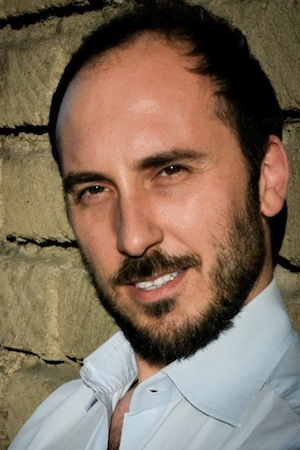
ANTS 2018, continuing a tradition started with ANTS 2002, assigns a "Best paper award" consisting of a sculpture of an ant expressly created for the ANTS conference by the Italian sculptor Matteo Pugliese.
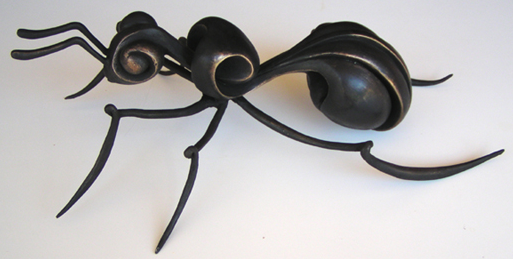
The best paper award has been graciously supported by LNCS Springer.
The winning paper was:
Quality-Sensitive Foraging by a Robot Swarm through Virtual Pheromone Trails
Anna Font Llenas, Mohamed S. Talamali, Xu Xu, James A.R. Marshall, and Andreagiovanni Reina


Congratulation also to the other two nominees:
Self-Adaptive Quantum Particle Swarm Optimization for
Dynamic Environments by Gary Pamparà and Andries
Engelbrecht.
An Analysis of the Intelligent Water Drops
Algorithm by Christian Leonardo Camacho Villalón, Marco Dorigo and Thomas Stützle
Each oral presentation will last 20 minutes sharp (15
minutes presentation plus 5 minutes for
questions-and-answers). A beamer will be available. A
computer is available running Windows7, and PowerPoint and
Acrobat Reader are installed. You can use this computer for
your presentation, or you can bring your own laptop.
Paper presented orally will be also presented during the
poster session on the same day of the presentation. Please
refer to the on-line program for the details.
Posters should be of size A0 portrait. There is no standard template for the poster, every author can choose what best fits his work. Material to fix the poster on the stand will be available.
Papers that are not presented orally will be introduced
by the author in a 2 minute highlight, using a SINGLE
slide. This slide must be sent to us in advance. We will
preload this slide onto the computer and project it for
you during your presentation.
You should let us have the one slide you intend to use for
your highlight presentation by October the 19th. It should
be a single page in pdf format, landscape view, and
without animations. Please send this file by email to
ants.conf@gmail.com. The subject of the email should be
"ANTS 2018: Highlight LAST_NAME_OF_FIRST_AUTHOR"The poster session will start right after the highlight session.
Conference proceedings are published by Springer in the LNCS series, Volume 11172.
The journal Swarm Intelligence will publish a special issue dedicated to ANTS 2018 that will contain extended versions of the best research works presented at the conference.